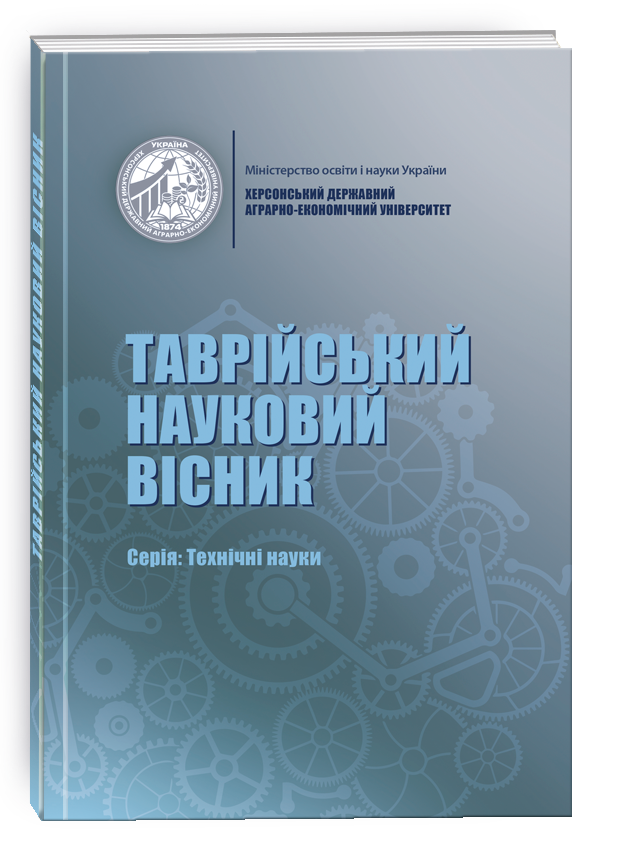MODELING AND DESIGN OF A PRIVATE NETWORK-SERVER ENVIRONMENT USING OPENNEBULA TECHNOLOGY
DOI:
https://doi.org/10.32782/tnv-tech.2023.3.1Keywords:
OpenNebula, storage, network resources, scalability, private clouds, public clouds.Abstract
The article examines the analysis of recent sources and provides background material related to setting up the OpenNebula private cloud. This article provides an overview of modeling and designing a private network server environment using OpenNebula technology. It highlights the benefits of using OpenNebula for private cloud deployments, discusses key features, and benefits of the platform in general. The use of private cloud environments to build and manage network and server infrastructure has attracted considerable attention in recent years. OpenNebula is an open source cloud computing platform capable of creating and managing virtualized data centers. It is a comprehensive solution for designing and deploying cloud environments by automating and managing virtual machines, data storage and network resources. OpenNebula has a modular architecture that allows users to customize and extend the platform according to their specific needs. One of the key features of OpenNebula is its support for multiple hypervisors, including KVM, VMware and LXD, providing management of virtual machines on different virtualization platforms from a single interface. OpenNebula places a major emphasis on simplicity and ease of use. The platform has a web interface that makes it easy to manage your cloud infrastructure from any device connected to the Internet. The platform also includes a set of command-line tools (CLI) that allow advanced users to automate the platform and manage resources programmatically. The platform is designed to support a wide range of deployment scenarios, from small private clouds to large-scale public clouds, allowing you to easily and quickly scale your infrastructure based on your needs without requiring significant changes to the underlying architecture. The software is released under the Apache license, which makes it free and open to use, modify and distribute, without any license fees.
References
Cloud Architecture Design – OpenNebula 6.4.1 Documentation. URL: https:// docs.opennebula.io/6.4/overview/cloud_architecture_and_design/cloud_architecture_ design.html (дата звернення 26.04.2023).
OpenNebula Overview – OpenNebula 6.6.1 documentation. URL: https://docs. opennebula.io/6.6/overview/opennebula_concepts/opennebula_overview.html (дата звернення 26.04.2023).
OpenNebula Beginner's Guide. Giovanni Toraldo. Packt Publishing. 2012, C. 215-303.
Mastering OpenNebula 3. Andres Lucas Arrivillaga and Ruben S. Montero. Packt Publishing. 2013, C. 107-122.
OpenNebula 5.8: Cloud Computing. Omar A. Mendoza. Packt Publishing. 2019, C. 350-400.
Cloud Storage Security: A Practical Guide. Aaron Wheeler and Michael Winburn. Apress. 2016. C. 153-200.
Cloud Computing with OpenNebula 3. Helion Ventures. Helion Ventures. 2012. C. 50-62.
Data Center Handbook. Hwaiyu Geng. Wiley. 2015. C. 704-768.
Твердохліб А.О., Коротін Д.С. Ефективність функціонування комп’ютерних систем при використанні технології блокчейн і баз данних. Таврійський науковий вісник. Серія: Технічні науки, 2022, (6)
Цвик О.С. Аналіз і особливості програмного забезпечення для контролю трафіку. Вісник Хмельницького національного університету. Cерія: Технічні науки, 2023, (1)
Новіченко Є.О. Актуальні засади створення алгоритмів обробки інформації для логістичних центрів. Таврійський науковий вісник. Серія: Технічні науки, 2023 (1)
Зайцев Є.О. Smart засоби визначення аварійних станів у розподільних електричних мережах міст. Таврійський науковий вісник. Серія: Технічні науки, 2022, (5).
OpenNebula 3 Cloud Computing: Leverage the Power of Cloud Computing Using OpenNebula 3. Giovanni Toraldo. Packt Publishing, 2012.
OpenNebula // Репозиторій на GitHub. URL: https://github.com/OpenNebula (дата звернення 26.04.2023).
An experimental study of load balancing of OpenNebula open-source cloud computing platform. URL: https://ieeexplore.ieee.org/document/6850733 (дата звернення 26.04.2023).
Cloud Computing: Principles and Paradigms. Rajkumar Buyya, James Broberg, and Andrzej Goscinski. John Wiley & Sons, 2011, C. 177-206.
Cloud Computing: Concepts, Technology & Architecture. Thomas Erl, Ricardo Puttini, and Zaigham Mahmood. Prentice Hall, 2013, C. 315-346.
Cloud Storage Security: A Practical Guide. Aaron Wheeler. CRC Press, 2015, C. 89-120.
Cloud Computing: A Hands-On Approach. Arshdeep Bahga and Vijay Madisetti. CreateSpace Independent Publishing Platform, 2014, C. 267-294.
Cloud Native: Using Containers, Functions, and Data to Build Next-Generation Applications. Boris Scholl, Trent Swanson, and Peter Jausovec. O'Reilly Media, 2019, C. 99-126.
Cloud Computing: From Beginning to End. Ray Rafaels. Addison-Wesley Professional, 2013, C. 173-202.
Cloud Computing: Data-Intensive Computing and Scheduling. Lizhe Wang, Rajiv Ranjan, Jinjun Chen, and Boualem Benatallah. CRC Press, 2017, C. 161-194.







